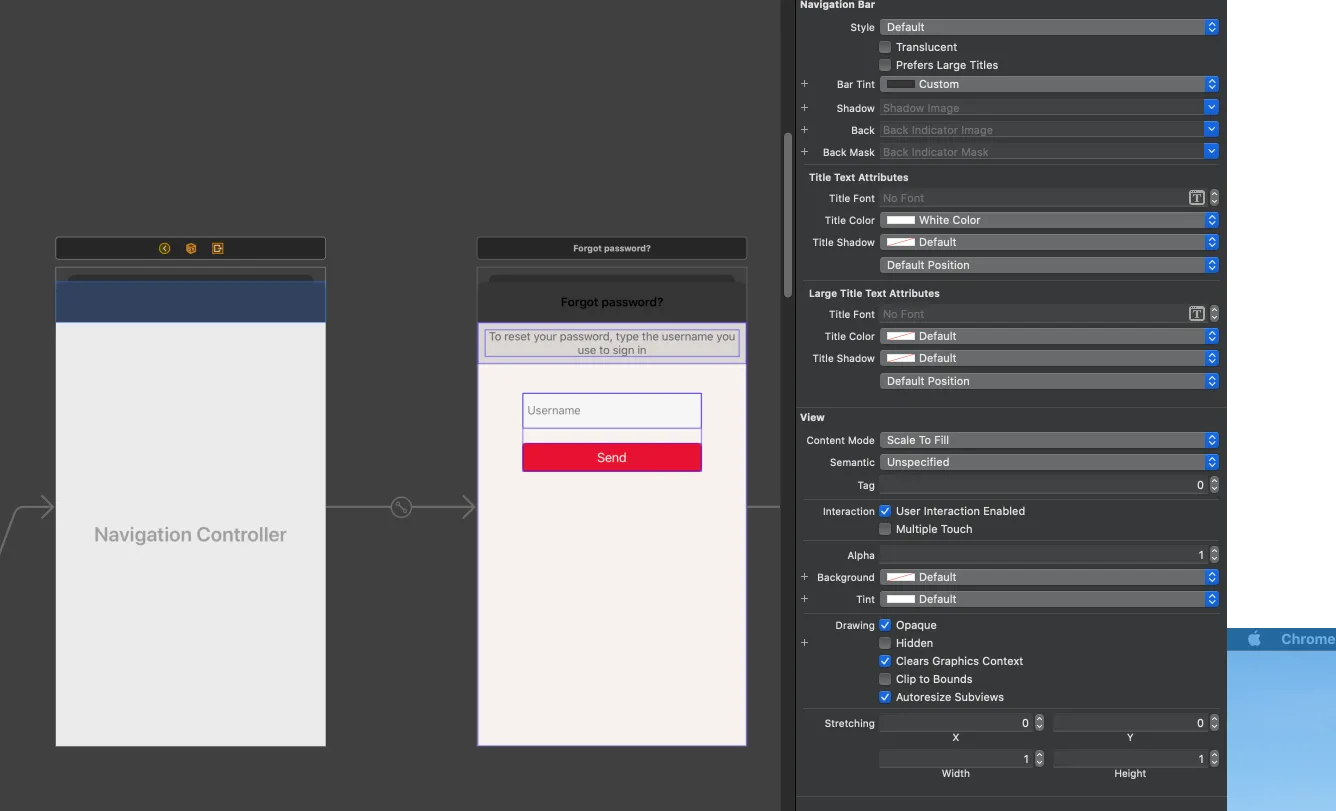 无法通过代码更改,以下代码也不再起作用。
无法通过代码更改,以下代码也不再起作用。self.navigationController?.navigationBar.titleTextAttributes = [.foregroundColor: UIColor.white]
我只是使用一些iOS 13的东西,比如UINavigationBarAppearance来使其工作。
@available(iOS 13.0, *)
private func setupNavigationBar() {
let app = UINavigationBarAppearance()
app.titleTextAttributes = [.foregroundColor: UIColor.white]
app.backgroundColor = Constants.Color.barColor
self.navigationController?.navigationBar.compactAppearance = app
self.navigationController?.navigationBar.standardAppearance = app
self.navigationController?.navigationBar.scrollEdgeAppearance = app
self.navigationController?.navigationBar.titleTextAttributes = [.foregroundColor: UIColor.white]
}
有人能解释一下为什么吗?这是一个关键性的漏洞,还是一些新的隐藏特性?